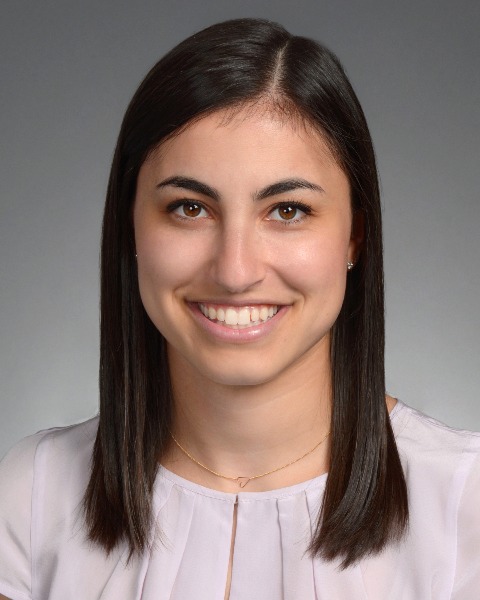Children with Chronic Conditions
Children with Chronic Conditions 1
719 - Medical Students’ Perceptions of Adults with Disabilities and Their Healthcare: A Survey Study
Publication Number: 719.105

Hannah E. Friedman, MD (she/her/hers)
Instructor/fellow
University of Colorado School of Medicine
Denver, Colorado, United States
Presenting Author(s)
Background:
The transition from pediatric to adult health care for young adults with disabilities presents a significant challenge for families, patients, and the healthcare system. Providers’ attitudes towards caring for patients with disabilities may contribute to the health care disparities these patients experience. Disability education early in medical training may play an important role in addressing these disparities and reducing the barriers to successful transition to adult care.
Objective:
To understand medical students’ perceptions of caring for adults with disabilities and evaluate whether perceptions differed by students’ clinical exposure or intended specialty.
Design/Methods:
This was a cross-sectional study of 147 medical students at a large public institution. Students were recruited using emails, flyers, and social media group postings. The students completed select questions from a validated survey developed by Iezzoni et al. (2021). These questions inquired about: 1) knowledge, perceptions, and confidence with providing care to adults with disabilities, 2) beliefs regarding the quality of life of people with disability, and 3) beliefs regarding treatment quality for patients with disabilities in healthcare. Pearson Chi-square was used to compare medical student’s perceptions toward caring for individuals with disabilities and clinical exposure (pre-clinical vs clinical) and intended specialty (primary care vs subspecialty).
Results:
Over 80% of students reported knowing little or nothing about the legal responsibilities for caring for patients with disabilities under the Americans with Disabilities Act (Table 1). Over 90% of students felt that people with disabilities are treated unfairly healthcare. Less than half of students reported feeling confident providing the same quality health care to patients with disabilities compared to patients without disabilities. Almost all students stated they would welcome patients with disabilities into their practice. The findings reported in Table 1 did not significantly differ by training year or intended specialty.
Conclusion(s):
Our study shows that medical students may enter their careers with substantial knowledge gaps and low confidence regarding care for patients with disabilities. Early didactic and experiential training in the care of adults with disabilities could reduce health care disparities for these patients by preparing future pediatric and adult providers to provide disability competent care..png)
